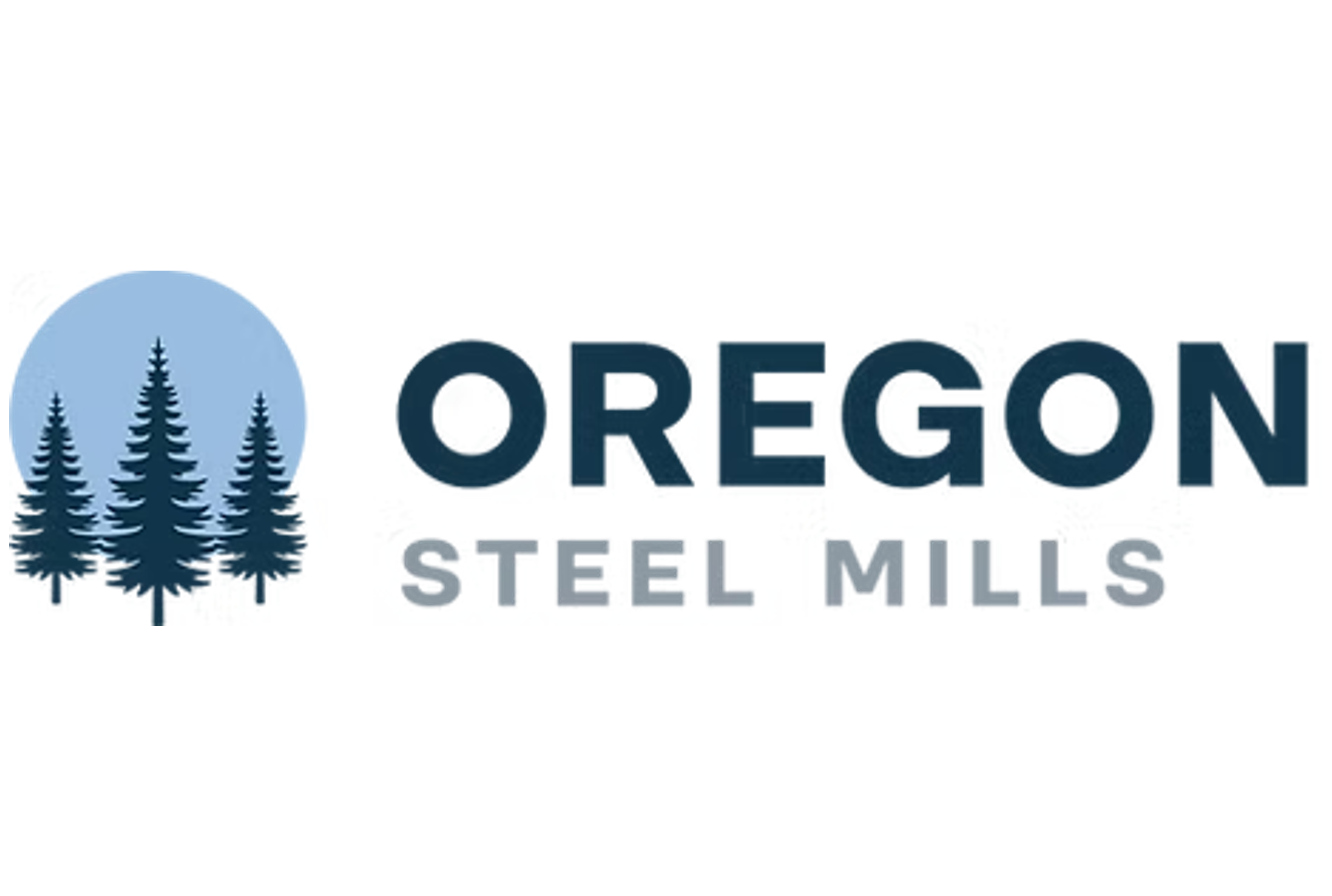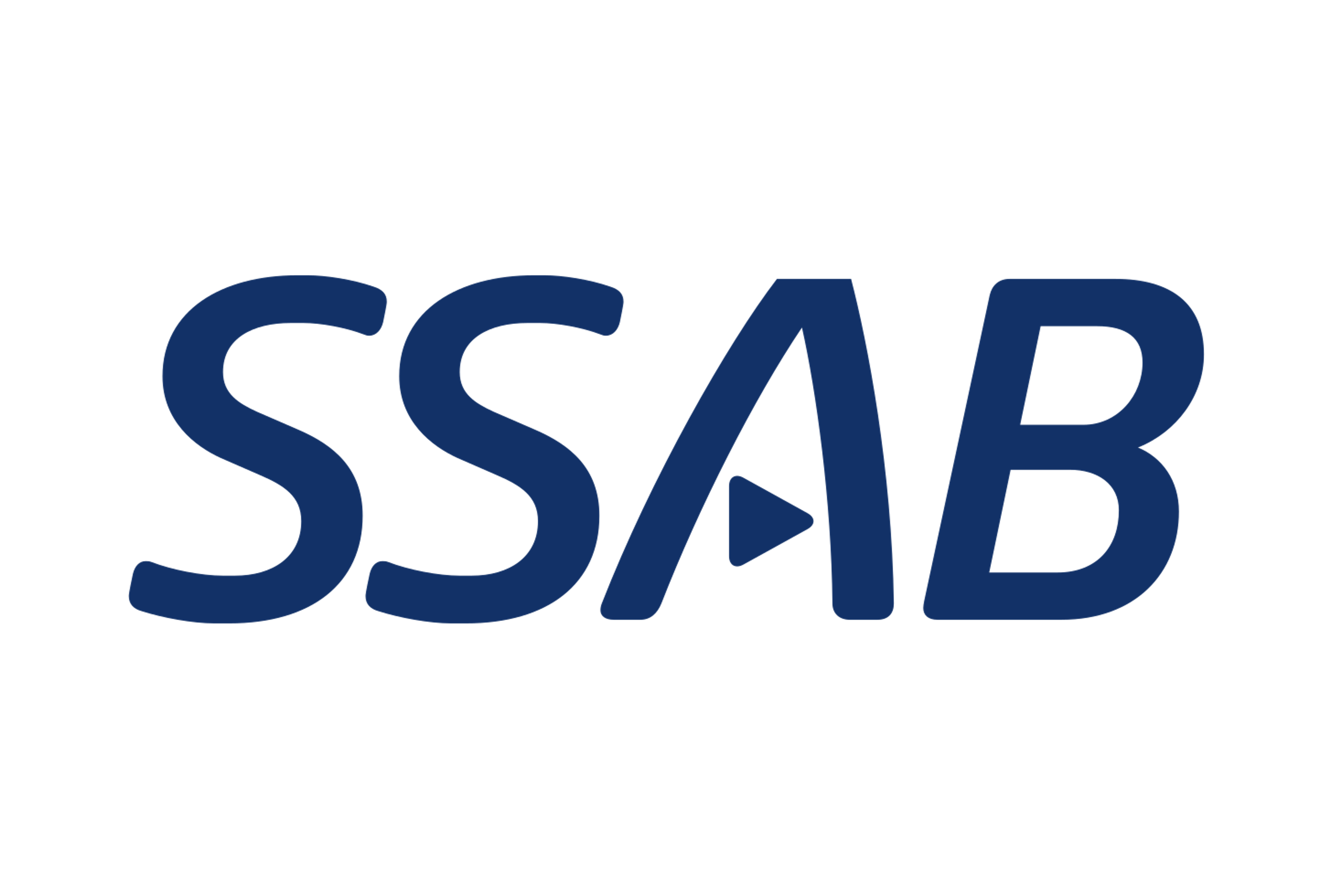Analysis

August 3, 2025
Final Thoughts
Written by Michael Cowden
We’re in the dog days of summer, and the question is whether the market will improve as lead times stretch into September.
Your answer to that question might depend on where you are in the supply chain. And producers, it seems to me, are a lot more optimistic than consumers at the moment.
There is always some disagreement about demand and the direction of prices. But I don’t recall many times when it’s been this pronounced.
The case for higher prices
Basically, will we see the usual season patterns: Mills bringing in a baseload of business at low prices, and then activity improves as lead times stretch past Labor Day – just as fall outages, which tend to be more significant than spring ones, squeeze supply.
And those typical seasonal trends could be amplified this year by lower inventories, lower import volumes, and high final duties in the coated trade petition.
The case for lower prices
Or could we see something similar to last year, when election uncertainty kept people on the sidelines? But this time it would be tariff and economic uncertainty keeping buyers out of the market.
What do I mean by tariff uncertainty? Some of you speculated in late July, for example, that there might be a deal with the EU on Section 232 as part of a broader trade agreement. That didn’t happen.
It was a similar story in early June, when rumors about a Section 232 deal with Mexico were rampant. Ditto speculation that S232 might come off Canada. None of those rumors panned out.
S232 tariffs of 50% remain stubbornly in place. But I’m getting questions now about whether that will still be the case when we get to year end. (Spoiler alert: I don’t pretend to know.)
Mills bullish
It’s not an easy call because you can find data points to support a narrative about higher prices or one about lower prices.
Nucor, the largest steelmaker in the US, said in its Q2 earnings call last week that it was seeing strong demand across a range of end markets – with energy sector demand in particular up sharply. Leon Topalian, CEO of the Charlotte, N.C.-based steelmaker, also said that tariffs have been “positive for the steel industry overall.”
Steel Dynamics Inc. (SDI) struck a slightly different tone the week prior in its earnings call. Mark Millett, CEO of the Fort Wayne, Ind.-based steelmaker, acknowledged that trade policy uncertainty had led to “hesitancy in customer order patterns across our business.”
But Millett remained bullish about the future. He predicted that “strong pent-up demand” would be unleashed as more trade agreements are announced and as US trade policy stabilizes.
Buyers, not so much
Sentiment among service centers in their earnings calls was a little more negative.
Ryerson CEO Eddie Lehner, for example, warned of “recessed” demand and cautious buying among the Chicago-based service centers customers in the company’s Q2 earns release last week.
Olympic Steel CEO Rick Marabito, meanwhile, said the company saw strong demand in Q1 as customers bought ahead of anticipated tariffs – but then a weaker Q2 because of that demand being pulled. And he said he expected the market to “remain challenging” in the second half of the year.
Survey says
I’m curious to see what the results of our next steel market survey will look like. We’ll release that data at the end of this week. (Editor’s note: Our survey participants are primarily steel buyers – so that data will represent buyers’ perspectives.)
I’ll be looking to see whether lead times extend, sentiment improves, and whether mills become more willing to “hold the line” on prices.
As for that last point, in our last survey we saw 95% of survey respondents report that mills were willing to negotiate lower prices – the highest number we’ve seen in the 13-year history of that data set – which obviously includes a pandemic-stricken 2020.
One thing that probably won’t change is opinion on tariffs. Buyers haven’t been very fond of them since “Liberation Day” drastically expanded their scope.
Price trends
Last month we saw certain mills in the Great Lakes region selling hot-rolled (HR) coil below $800 per short ton (st) to larger buyers. Meanwhile, new EAF capacity in the South was selling in the low $800s/st – which resulted in SMU’s HR price consistently coming in well below mill list prices (such as Nucor’s weekly consumer spot price, or CSP).
I know some of you think that we’re at or near a bottom – one that is also $200/st higher than what we saw last year – and that prices and demand will improve before the end of the month.
That said, there are some warning signs. I’ve heard from some of you that some of the larger traders stocked up on material earlier this year ahead of anticipated higher tariffs. Traders were right about tariffs going higher. What might have caught some by surprise is how tepid demand has been.
The result: I’ve heard, for example, of traders selling truckload quantities of HR below $800s/st from stock. And some of you tell me that’s happening not just on the Gulf Coast, where imports typically have more sway, but also along the East Coast and even in the Midwest.
I mentioned HR prices. But it’s a similar story, I’m told, for coated cold-rolled and coated products, where the incentive for traders to move material might be even greater – especially if indoor storage fees are mounting.
Don’t be a pig
Another thing to watch is imports. Yes, flat-rolled steel imports were at their lowest point in years in June. And while data weren’t complete for July, it looks like they’ll remain low again. A 50% blanket Section 232 will do that.
That said, if US mills increase prices aggressively in the fall – as we’ve seen in the past – imports could become attractive again even with a 50% tariff. Would Trump then increase the S232 tariff to 75% or 100%? I’m not going to speculate on that yet.
Or maybe a service center executive put it best in a recent conversation. “I think there could be some positives,” he said. “But if the mills are pigs and increase prices, people will buy imports.”
Could we see… stability?!
Look, I’m not saying prices are going to crater or that there isn’t room for them to move upward in the weeks ahead – especially with tariffs as high as they are and imports as limited as they are.
But it’s also hard for me to see a restock causing the kind of volatility and price spikes we’ve seen in the past. And maybe that’s not so bad. After so many years of volatility, stability might be the new black.
SMU Steel Summit
Thanks to many of you, we’re on track to have another great SMU Steel Summit on Aug. 25-27 at the Georgia International Convention Center (GICC) in Atlanta. More than 1,200 people have already registered to attend.
With three weeks until the event kicks off, there is still plenty of time to get approvals, make travel plans, and register – which you can do here.
In the meantime, I hope your week gets off to a great start. And thanks from all of us at SMU for your continued business – we truly appreciate it.







